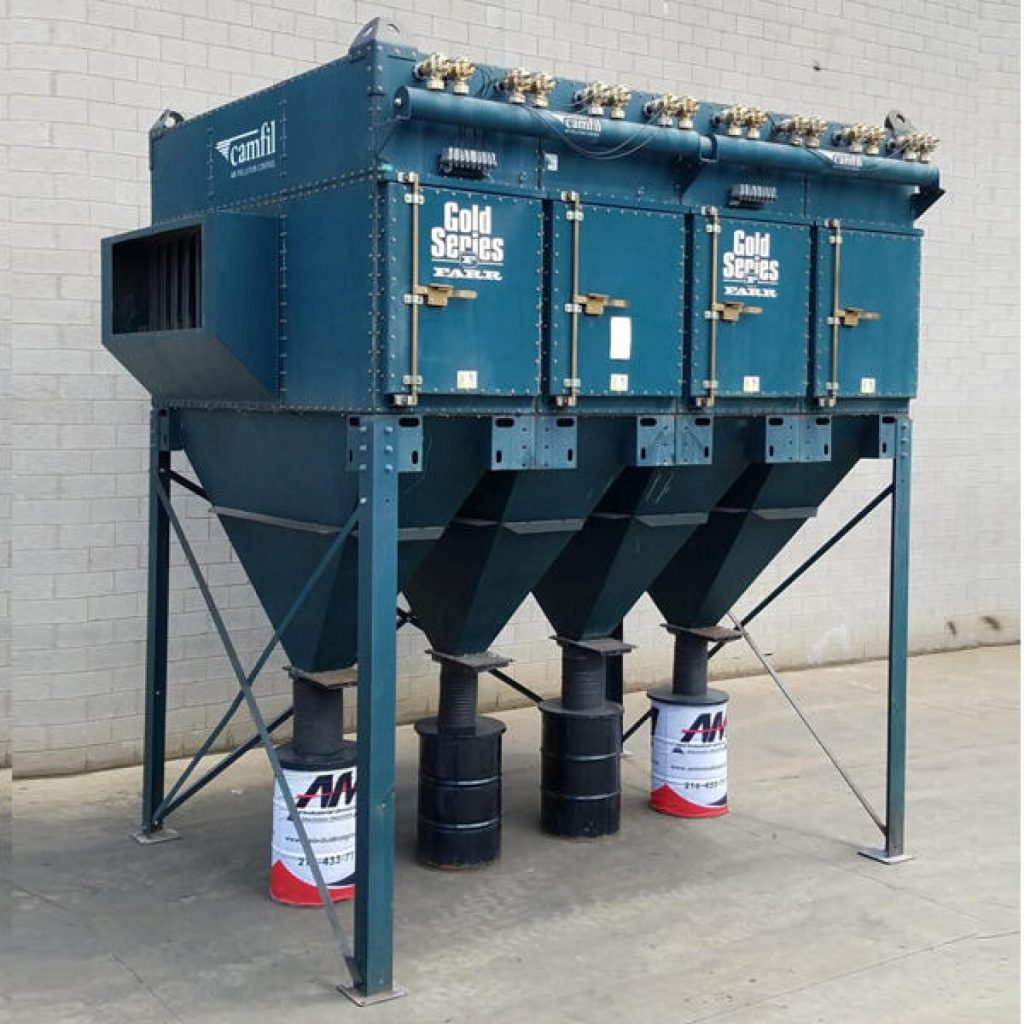When dealing with data loss, the primary concern for many individuals and organizations is ensuring that their sensitive information remains secure throughout the recovery process. Secure data recovery is not just about restoring lost files but also about safeguarding privacy from the moment data is compromised until it is fully recovered and protected. The data recovery process begins with a comprehensive evaluation to identify the nature and extent of the damage. This initial assessment must be conducted with the highest level of confidentiality. Trusted data recovery professionals implement strict protocols to ensure that the data being evaluated is not exposed to unauthorized individuals. This is often achieved through encrypted communication channels and secure facilities, which are essential to prevent any data breaches. Once the evaluation is complete, and a recovery plan is put into action, the next critical phase involves the actual data extraction. During this stage, data recovery experts use advanced tools and techniques to retrieve lost or damaged files. It is crucial that these processes are carried out in a secure environment to prevent any potential exposure.
For this reason, reputable data recovery firms use specialized hardware and software that adhere to stringent security standards. This ensures that the data remains confidential and is not vulnerable to any external threats. A significant aspect of secure On Fire data recovery is the handling of recovered data. After retrieval, the data must be transferred back to the client in a manner that maintains its confidentiality. This typically involves secure data transfer methods, such as encrypted drives or secure cloud storage solutions. The data should be transferred using methods that prevent interception or unauthorized access during the transmission process. Additionally, data recovery professionals often provide detailed documentation of the recovery process. This documentation is crucial for ensuring transparency and for verifying that all procedures were followed correctly. It also serves as a record of the steps taken to protect the data throughout the recovery process. Secure handling of this documentation is essential, as it contains sensitive information that could potentially compromise privacy if not managed correctly.
In the aftermath of data recovery, clients are often provided with recommendations for securing their data going forward. These recommendations may include implementing additional security measures, such as regular backups, encryption, and enhanced access controls. The goal is not only to recover lost data but also to prevent future data loss and enhance overall data security. In conclusion, protecting privacy throughout the data recovery process is a multifaceted challenge that involves stringent security measures at every stage. From initial assessment to final data transfer, every step must be conducted with the utmost care to ensure that sensitive information remains secure. By adhering to best practices and employing advanced security technologies, data recovery professionals can effectively safeguard privacy and restore valuable information without compromising its integrity.




